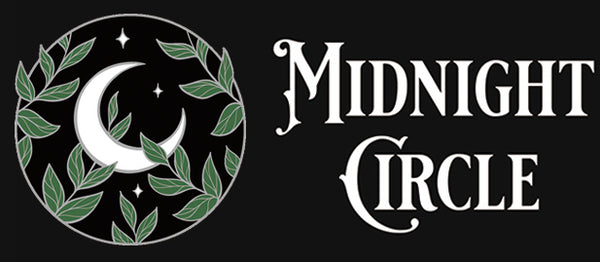You may have some questions about our soap labels that list Sodium Hydroxide (Lye) in the ingredients, but also inform you that there is no sodium hydroxide in the soap itself. What does this mean?
You may also have heard the term somewhere "Lye free soap". What does that mean?
I'm going to try to answer both these questions here.
First the lye is dissolved in water, this ensures it will be able to react freely with the fatty acids. When the lye meets the fats, they heat up in a chemical reaction and exchange molecules. This process is called Saponification.
When an acid and a base combine they neutralize each other and make a salt. In soap making, the acids are the fatty acids that make up the triglycerides present in oils and butters, and sodium hydroxide is an alkali, making it the base. When a soap is recipe is being formulated, we calculate the exact amount of lye (base) it will take to interact with our oils (acids) to completely neutralize 100% of the lye. Then we calculate a percentage of additional fatty acids that will be unchanged because they outnumber the lye. This is called Superfatting. The end result is Soap!

All soap is made this way. It is impossible to create without it. Any cleansing products made without sodium hydroxide are not really soap, but actually detergents made with surfactants to create a lather. Most body washes for example are technically detergents, not soap.
But wait, if an acid and base neutralize each other and make a salt, where's the salt? That's the soap! The formal names for the results of this process are things like "sodium olivate", "sodium cocoate", or "sodium tallowate" which are the names of soap molecules created from olive oil, coconut oil, and tallow respectively. Each different type of fat makes its own distinctive soap molecule.
So what the heck is "lye free soap" then? The short answer is- there's no such thing. You can not make soap without lye. However, since there is no lye remaining in a finished soap, some people may misunderstand what they are crafting with. Most people who use this oxymoron term are using "melt and pour" soap. Which means they purchase a soap base that is already made which they melt, add color and scents to, and then pour into molds. Since these crafters are not always actually soap makers, they may be missing these basics of how soap is made. Or perhaps some may think saying "lye free" means the finished product does not contain lye- which is technically true, but according to labeling law in the Unites States, is not a correct way to label or advertise.
Which brings me to the answer of why our labels list Sodium hydroxide on them. We do that because it is an ingredient used. Then *this product contains no sodium hydroxide, as part of the soap making process none remains in this finished soap.
Because all soap is made with lye, but there is no lye left in properly formulated soap!
